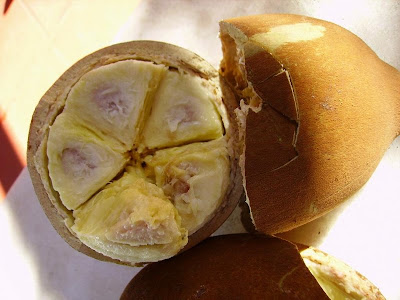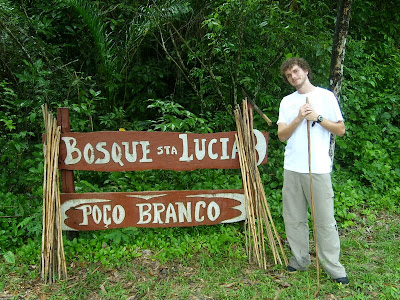A Floresta Nacional do Tapajós é uma Unidade de Conservação Federal composta por grande biodiversidade e beleza.
Encontra-se perto de centros urbanos e protege muitas espécies raras e endêmicas.
´E habitata por cerca de 1400 famílias divididas em 29 comunidades, na maioria às margens do Rio Tapajós, vivem de forma tradicional, nos quase 600.000 hectares
que compõem a reserva.
Ecoturismo, projetos sustentáveis e pesquisas cientificas são desenvolvidas
na Flona Tapajós/ICMBio e por outras organizações conservacionistas e
instituições cientificas.
Visitem:
www.ibama.gov.br/flona_tapajos
www.flonatapajos.blogspot.com
The Tapajós National Forest is the second largest conservation unit located in the Tapajos river watershed, a region of great biodiversity, with many species endemic to the region, and extremely scenic.
It is the only conservation unit near an urban centre that protects such a large portion of flora and fauna of clear water river systems.
There are over 1400 families divided in 29 communities, mostly settled along the Tapajos River, living in traditional style in the near 600.000 hectares that compose the reserve.
Ecotourism, several other sustainable projects and scientific researches are currently being carried in the reserve with the support of ICMBio and other conservation and scientific organizations.
Visit:
www.ibama.gov.br/flona_tapajos
www.flonatapajos.blogspot.com







+-+0058.jpg)
